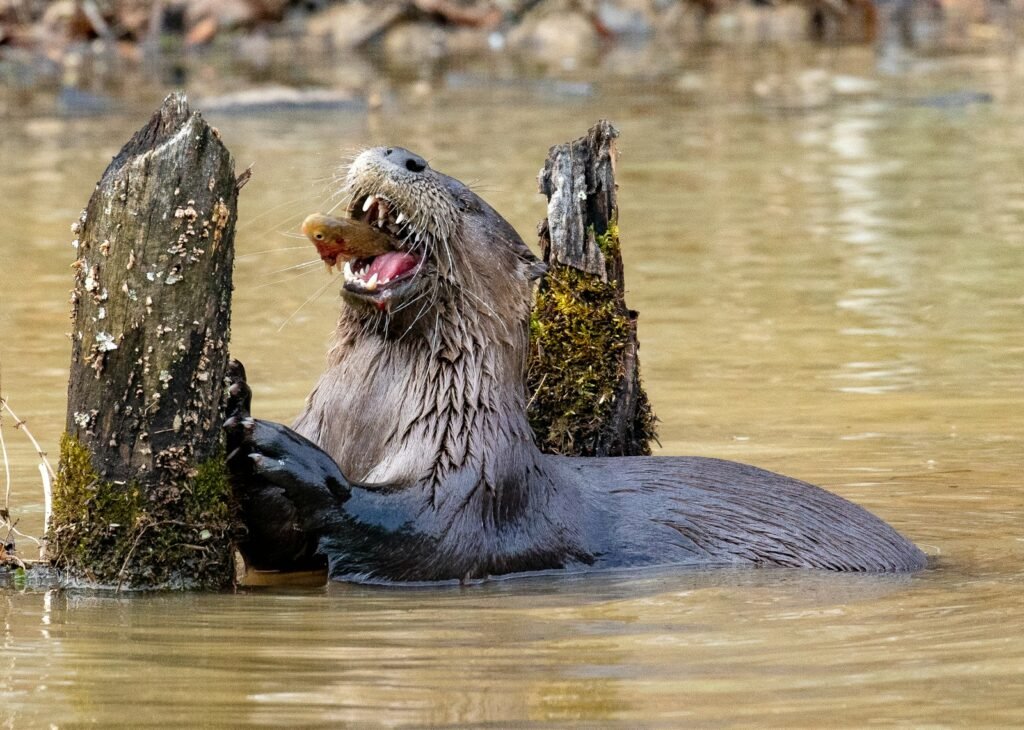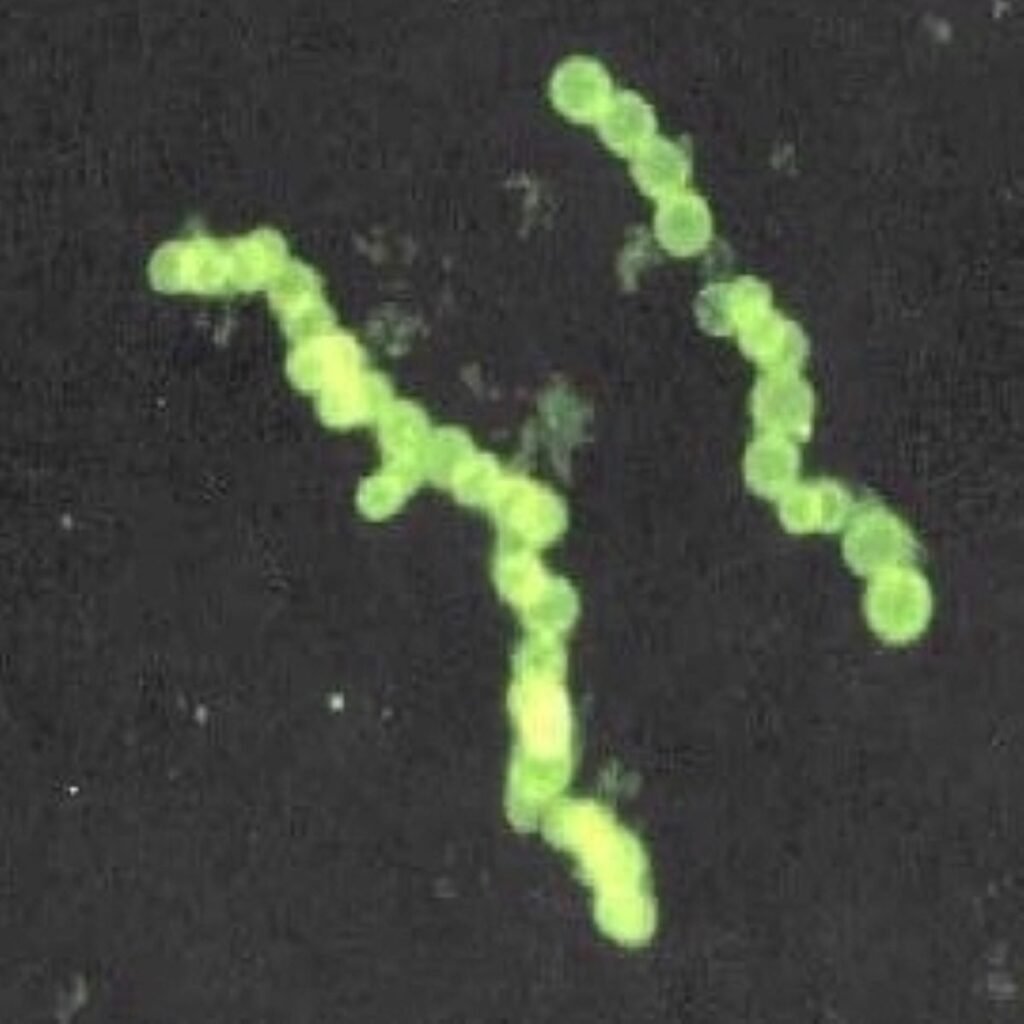The vast landscapes of the American West have been transformed into the world’s most productive dinosaur hunting grounds, where weathered badlands and fossil-rich formations tell stories that stretch back millions of years. These ancient graveyards don’t just showcase massive predators or gentle giants – they reveal an entire prehistoric ecosystem that once thrived across what would eventually become modern America.
From the rolling hills of Montana to the desert expanses of Utah, each fossil discovery adds another piece to the puzzle of our planet’s ancient past. But sometimes, these discoveries are so remarkable that they completely rewrite our understanding of dinosaur evolution, behavior, and the world they inhabited. Let’s journey through ten of the most incredible dinosaur fossils found on American soil, each one telling a unique story about the creatures that ruled this continent long before humans ever set foot here.
Lokiceratops: The Horned Giant with Mythical Proportions
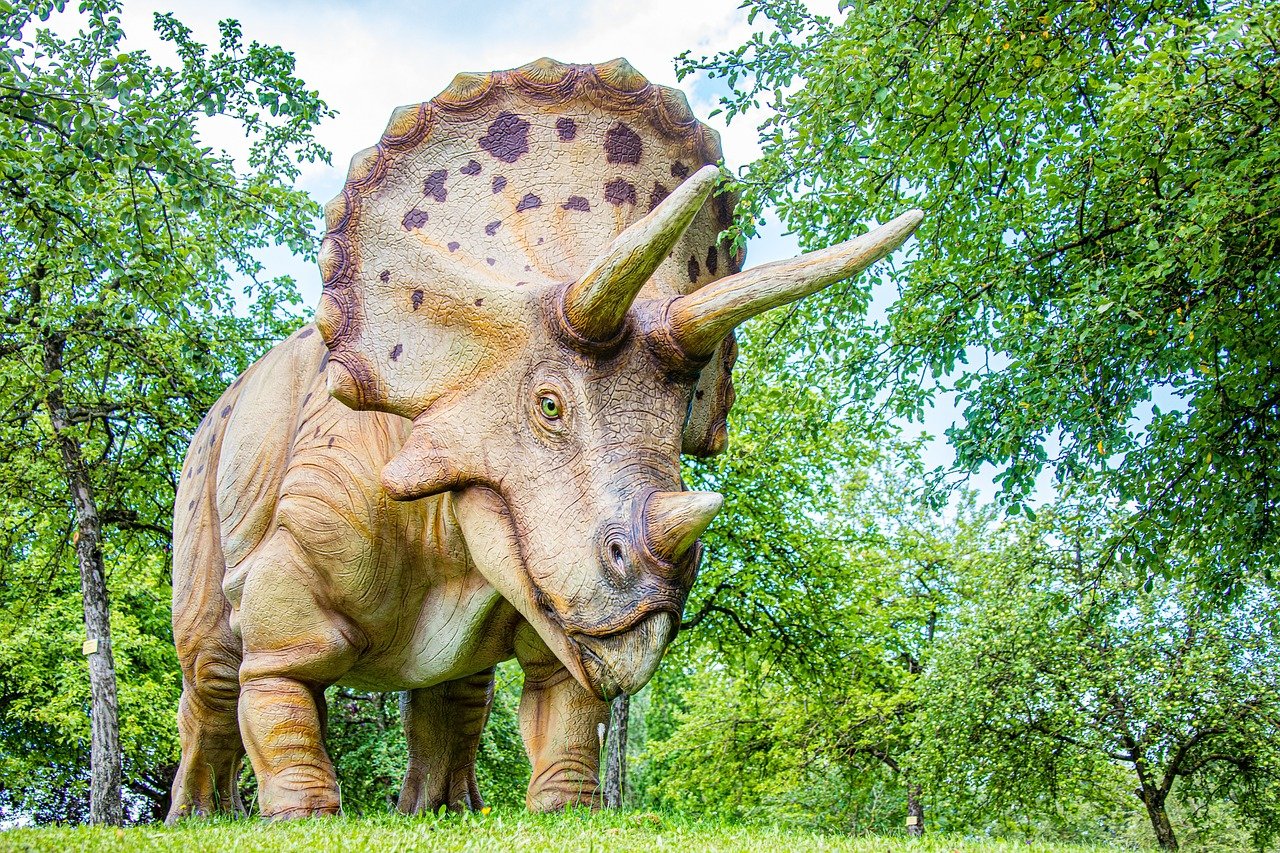
Montana’s badlands revealed one of the most spectacular horned dinosaurs ever discovered when paleontologists unearthed Lokiceratops rangiformis, featuring two massive blade-like horns on the back of its frill. This dinosaur earned its name “Loki’s horned face that looks like a caribou” and represents the largest and most ornate of its kind ever found. Measuring roughly 22 feet long and weighing about 11,000 pounds, Lokiceratops was the largest herbivore in its ancient ecosystem.
Living approximately 78 million years ago in the swamps and floodplains of prehistoric Montana, this magnificent beast was a cousin of the famous Triceratops. The discovery process was particularly exciting – as researchers pieced together the skull fragments, they realized they were looking at a dinosaur that no one in the world had known about for 78 million years.
Sue the T-Rex: America’s Most Famous Predator
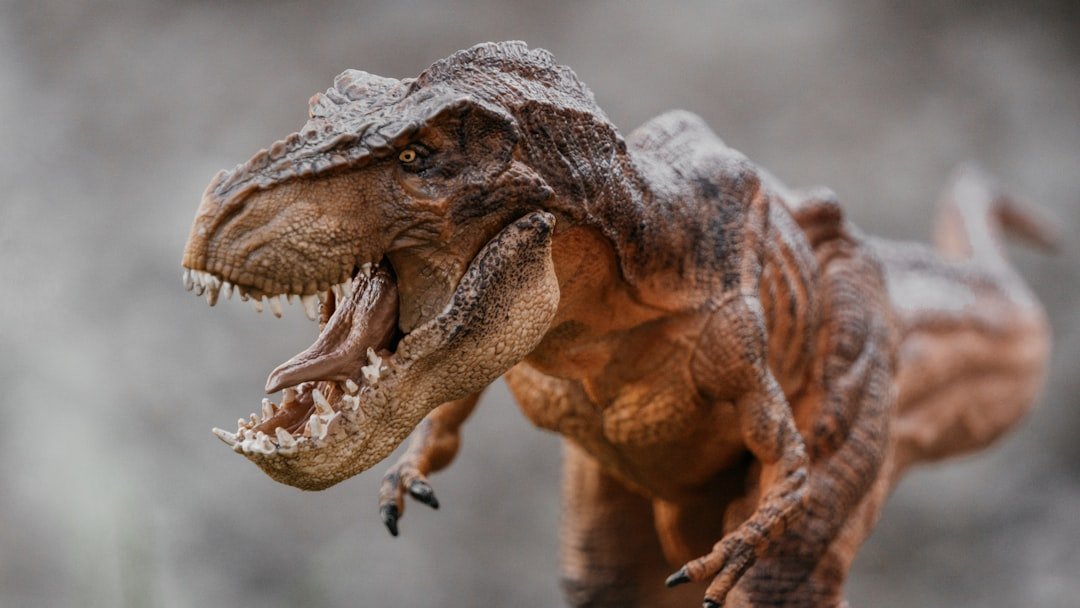
Sue, officially designated FMNH PR 2081, stands as one of the largest, most extensive, and best-preserved Tyrannosaurus rex fossils ever discovered, with over 90 percent of the skeleton recovered. Discovered on August 12, 1990, by fossil hunter Susan Hendrickson in South Dakota’s Hell Creek Formation, Sue became an icon of paleontology. At 40.5 feet long and weighing an estimated 9 tons – nearly the weight of four pickup trucks – Sue held the title of largest T-rex for decades.
Analysis revealed that Sue was between 27 and 33 years old at death, making it the oldest known T-rex specimen. During its lifetime, Sue survived several injuries including a damaged shoulder blade, torn tendon, and three broken ribs that subsequently healed. The fossil’s journey to fame included a record-breaking auction at Sotheby’s in 1997, where it sold for $8.36 million to the Field Museum in Chicago, backed by contributions from McDonald’s and Walt Disney.
Hell Creek Formation: The Ultimate Dinosaur Graveyard
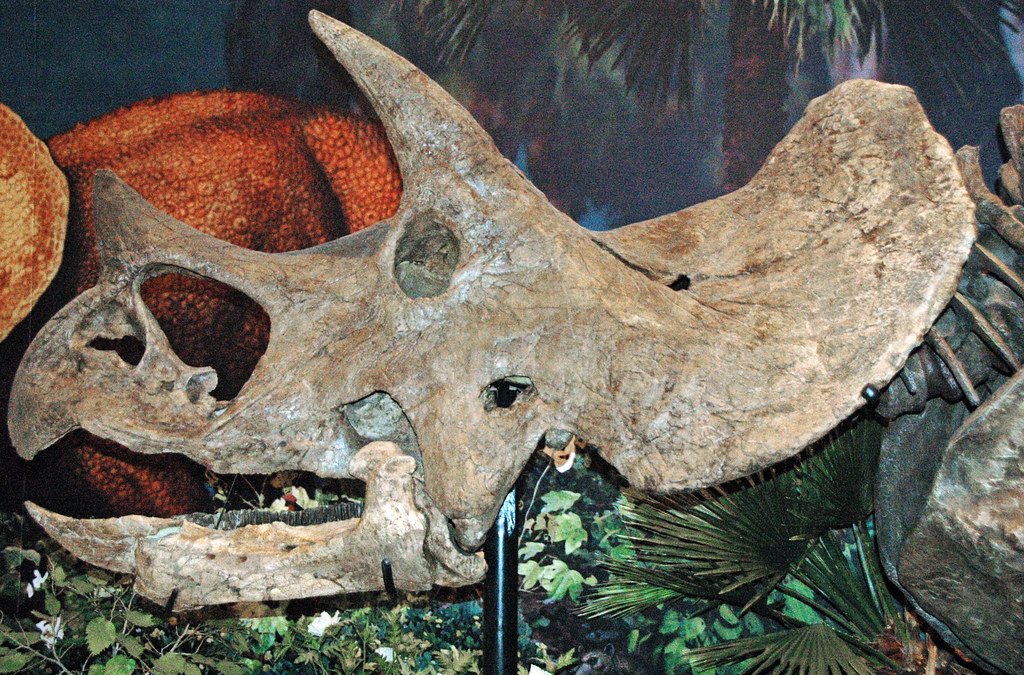
The Hell Creek Formation represents one of the most intensively studied geological formations in North America, stretching across portions of Montana, North Dakota, South Dakota, and Wyoming. These rocks were deposited during the Maastrichtian period through fluvial activity in fluctuating river channels and deltas along the low-lying eastern continental margin. Recognized for its significance, the Hell Creek Fossil Area was designated as a National Natural Landmark by the National Park Service in 1966.
The formation has yielded an incredible diversity of dinosaurs, with Triceratops being the most common at 40 percent, followed by Tyrannosaurus at 24 percent, and Edmontosaurus at 20 percent. The world’s largest collection of Hell Creek fossils is housed at the Museum of the Rockies in Bozeman, Montana, representing the collaborative efforts of multiple universities since 1998.
The Burgess Shale Connection: Ancient Marine Life
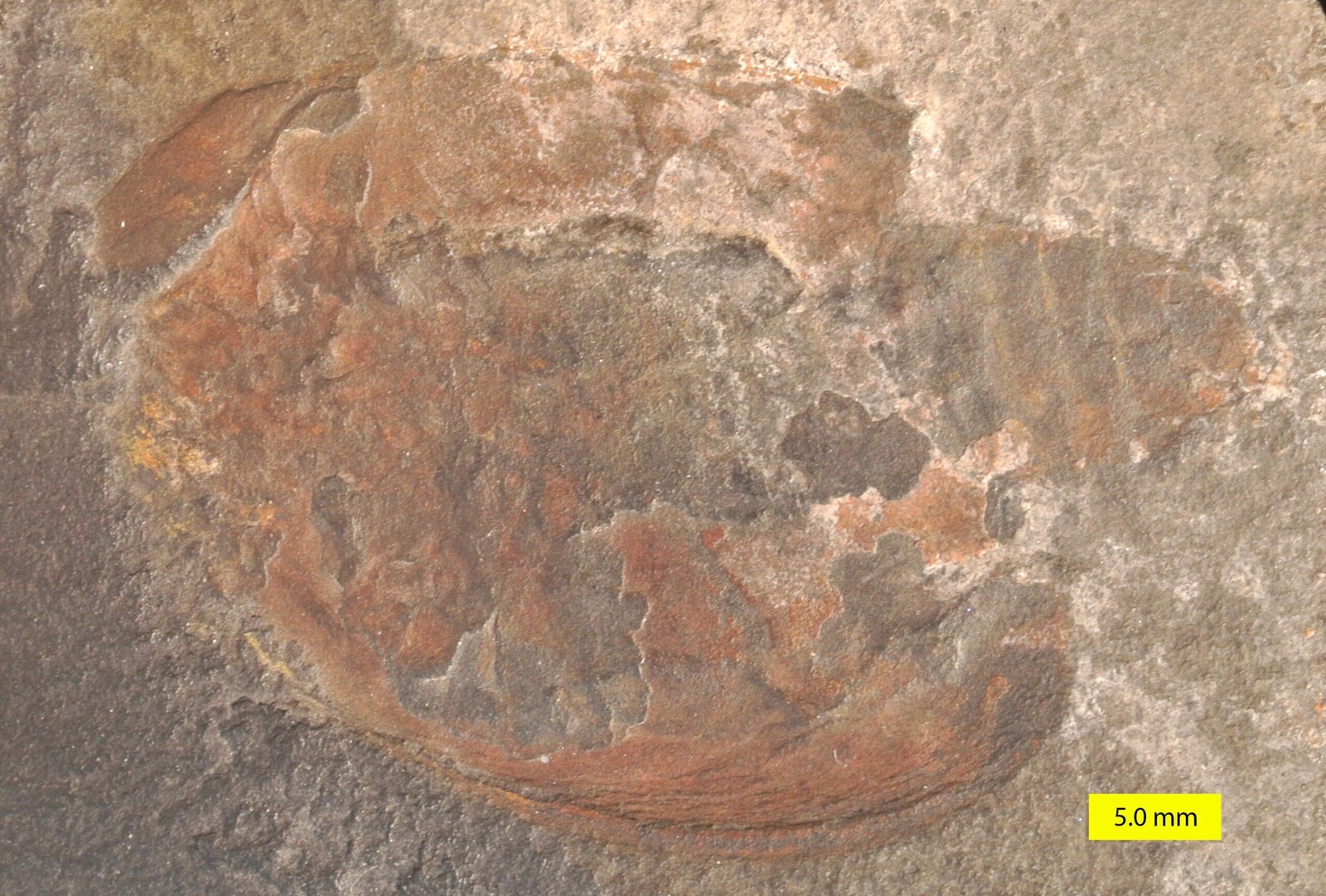
While not technically dinosaur fossils, the Burgess Shale in the Canadian Rockies provides crucial context for understanding ancient life, preserving soft-bodied organisms from 508 million years ago in the middle Cambrian period. These fossils, discovered in 1909 by Charles D. Walcott of the Smithsonian Institution, preserve an intriguing glimpse of early life on Earth. The formation includes bizarre creatures like Hallucigenia, originally reconstructed upside down, and Opabinia, with five eyes and a snout like a vacuum cleaner hose.
The locality reveals creatures from the Cambrian explosion, including the first chordates, strange spiked creatures like Wiwaxia, and the large predator Anomalocaris. The Smithsonian’s National Museum of Natural History currently houses over 65,000 specimens, with a permanent exhibit near the Dinosaur Hall.
Eoneophron: The “Chicken from Hell’s” Little Cousin
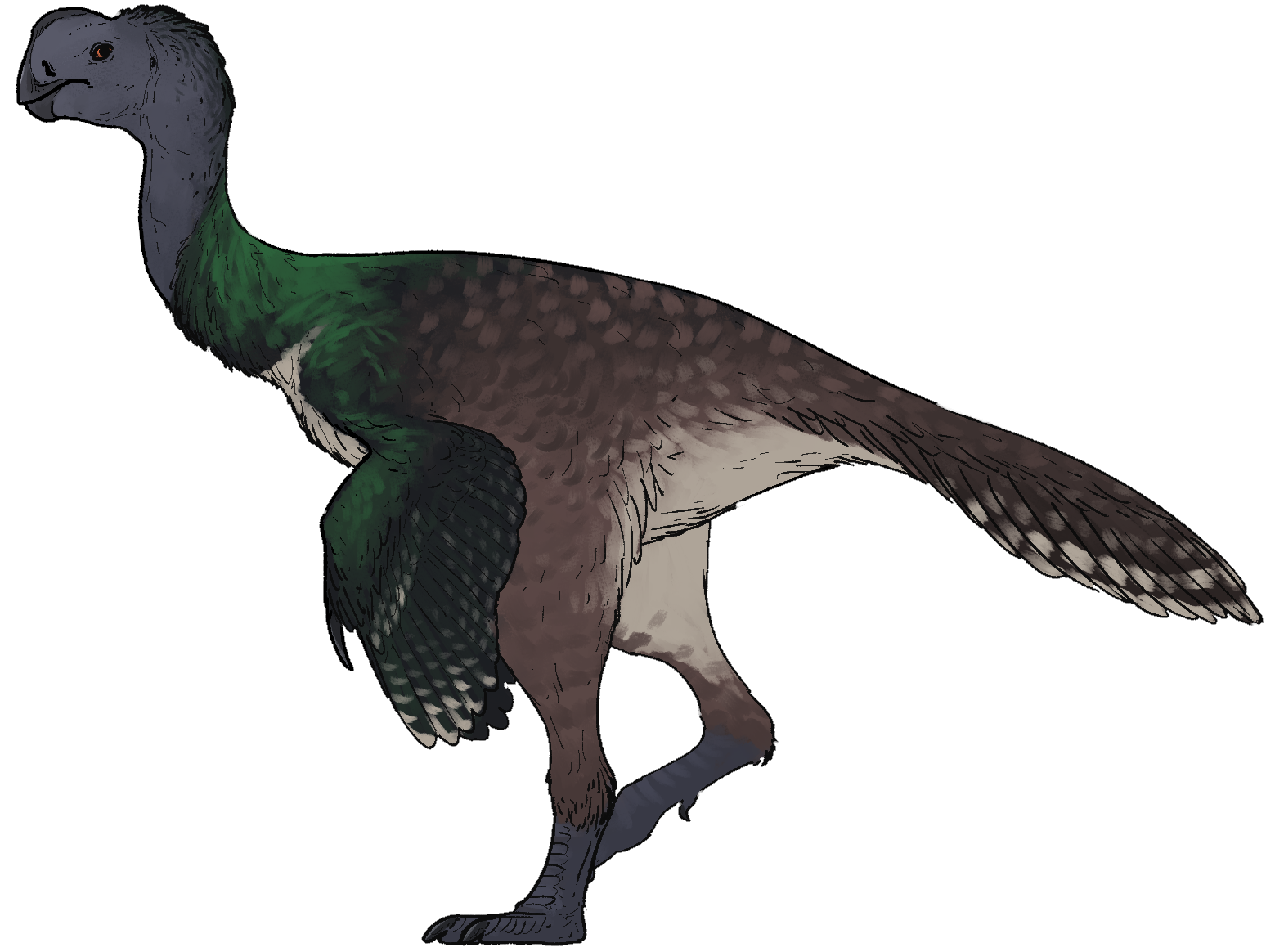
Paleontologists exploring the Hell Creek Formation discovered a turkey-sized dinosaur named Eoneophron infernalis, related to a larger species known as the “chicken from hell.” This small dinosaur lived alongside T-rex in the same habitat but remained elusive until recent discoveries. The dinosaur is principally known from a partial right leg, and the anatomy of the bones helped distinguish it as a new species rather than a juvenile of a larger one.
This discovery was significant because Eoneophron was one of three parrot-like dinosaurs living in the same environments about 67 million years ago, indicating these dinosaurs survived alongside each other by evolving different sizes and likely different diets. The find demonstrates that even the most thoroughly explored fossil sites still harbor surprises waiting to be uncovered.
Wankel Rex: Montana’s Crown Jewel
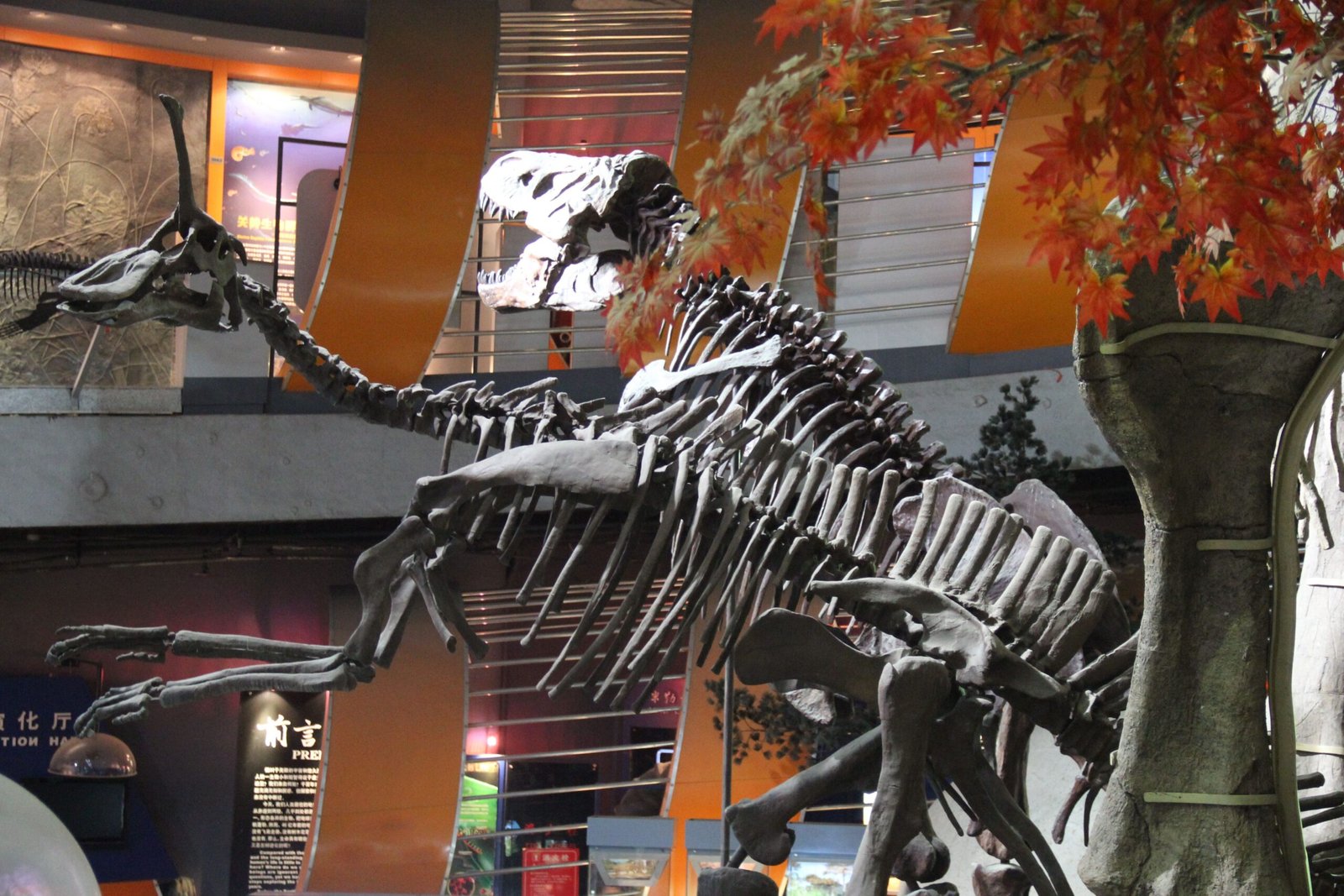
In 1988, local rancher Kathy Wankel discovered another significant Tyrannosaurus rex in Hell Creek sediments on an island in Montana’s Charles M. Russell National Wildlife Refuge. This specimen was excavated by a Museum of the Rockies team led by paleontologist Jack Horner. The specimen, informally called the “Wankel rex,” includes approximately 80-85 percent of the skeleton and has an estimated length of around 11.6 meters with a weight between 5.8 and 10.8 metric tons.
Scientists estimate the Wankel rex was 18 years old when it died – an adult but not completely grown. This specimen was also one of the first fossil dinosaur skeletons studied to determine if biological molecules still existed within the fossilized bones. The mount was later loaned to the Smithsonian, where it occupies a central position in the museum’s dinosaur hall, featuring a dynamic display showing the apex predator devouring a Triceratops carcass.
Stan the T-Rex: The Record-Breaking Fossil
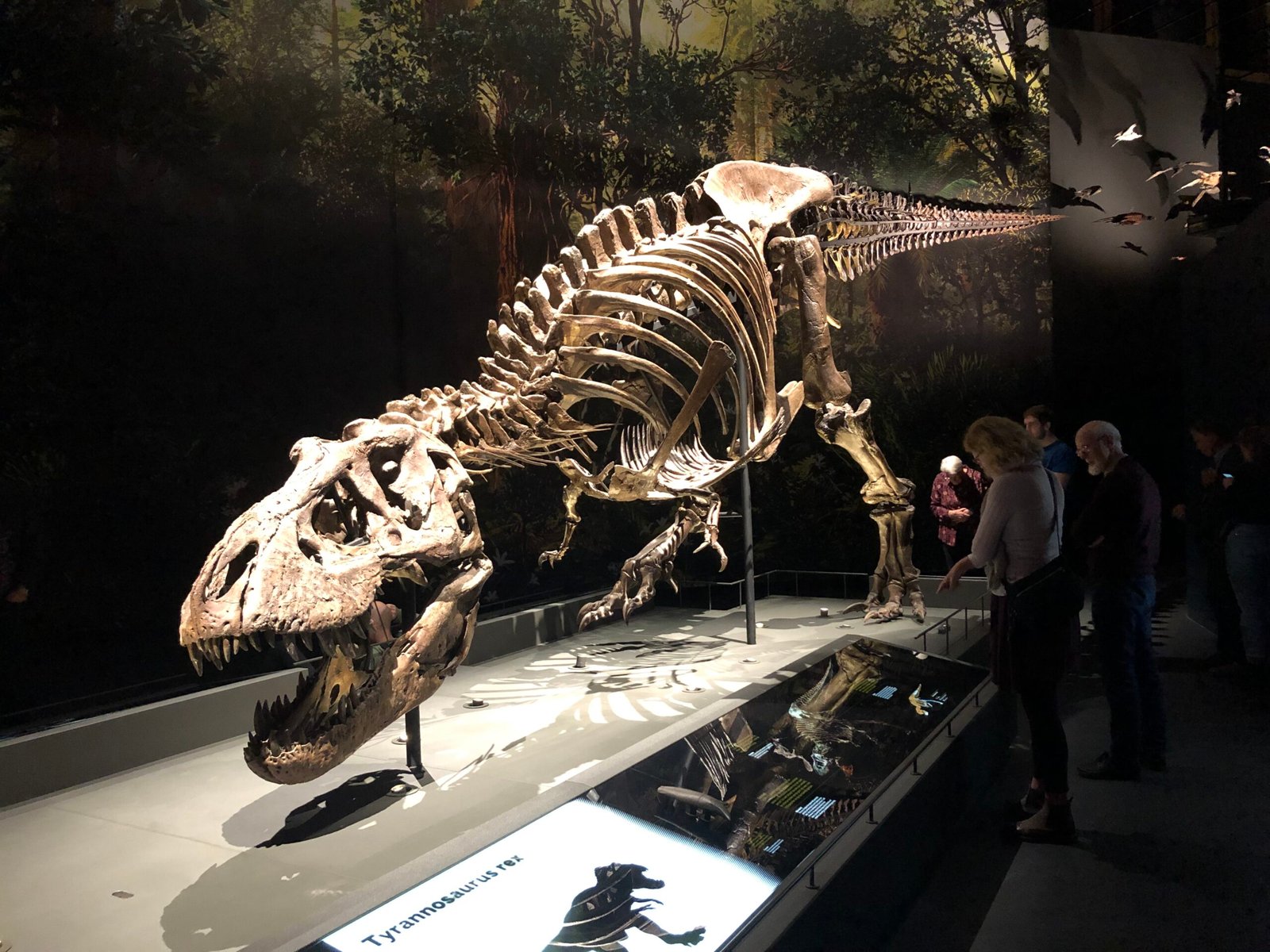
Stan earned his nickname from Stan Sacrison, who discovered the fossil in South Dakota’s Hell Creek Formation in 1987. This well-known specimen stretches about 38 feet long and represents one of the most complete T-rex finds with 199 bones recovered. Stan’s skull is nearly complete, and excavators found the bones in pristine condition, with fossils representing about 70 percent of the complete animal.
Stan’s skeleton made headlines when it was auctioned for $31.8 million in a 2020 Christie’s New York sale, making it a record-breaking dinosaur sale. The buyer remained anonymous for several years until an announcement revealed that Stan would become the centerpiece of a new museum under construction in Abu Dhabi. About 30 casts of Stan’s original fossil have been sold worldwide, each commanding prices around $100,000.
Tufts-Love Rex: Montana’s Modern Marvel
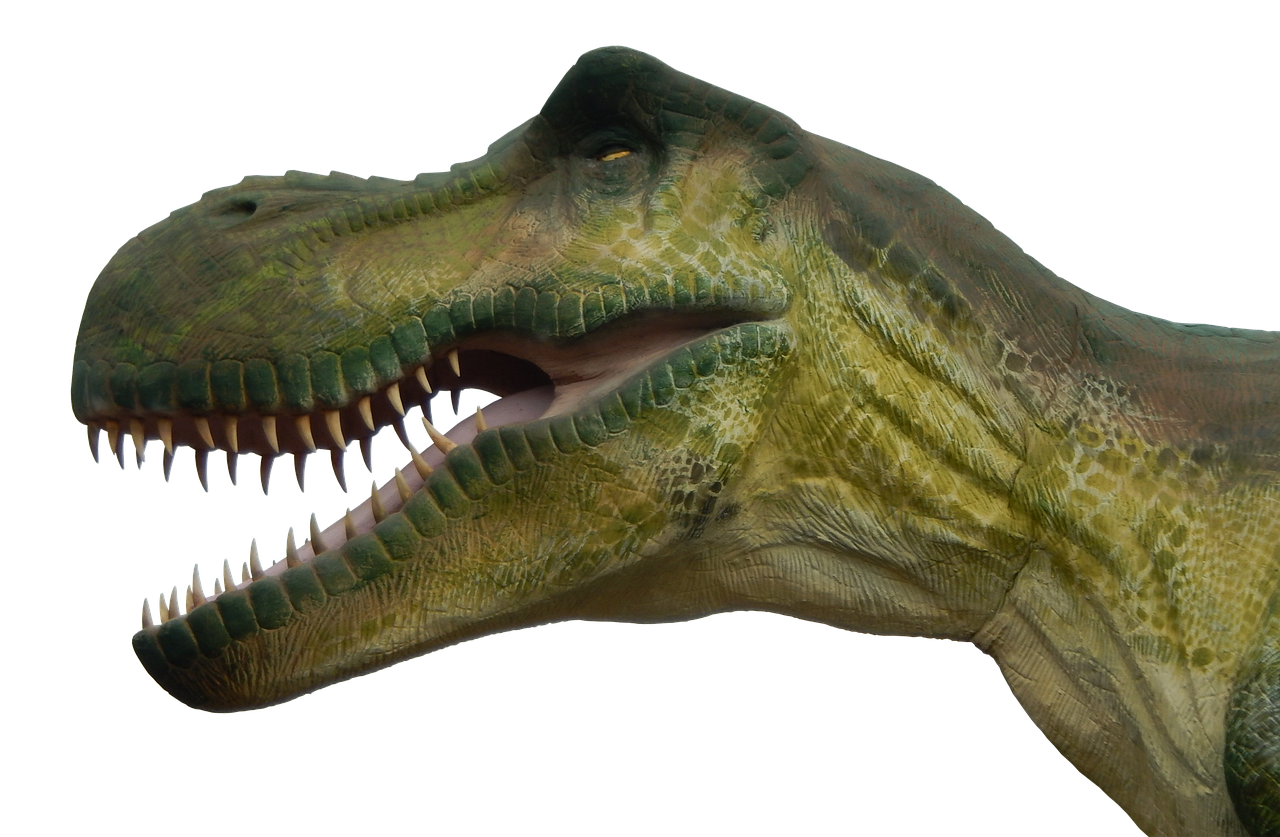
The “Tufts-Love Rex” earned its nickname in honor of volunteer paleontologists Jason Love and Luke Tufts, who first noticed bones jutting from a hillside in Montana’s Hell Creek Formation. This Tyrannosaurus rex fossil includes about 20 percent of the animal’s former body, featuring a well-preserved skull along with ribs, hips, jaw bones, and vertebrae. T-rex fossils with well-preserved skulls are uncommon finds, and this discovery marked just the 15th fairly complete skull found worldwide.
The massive skull remains encased in a plaster jacket weighing about 2,500 pounds, which protected the fossil during its move from the Montana hillside to the Burke Museum in Seattle. Separating the skull from surrounding rock could take more than a year, but researchers believe this specimen will yield important information about T-rex growth patterns and eating habits.
Ahvaytum bahndooiveche: Rewriting Dinosaur Origins
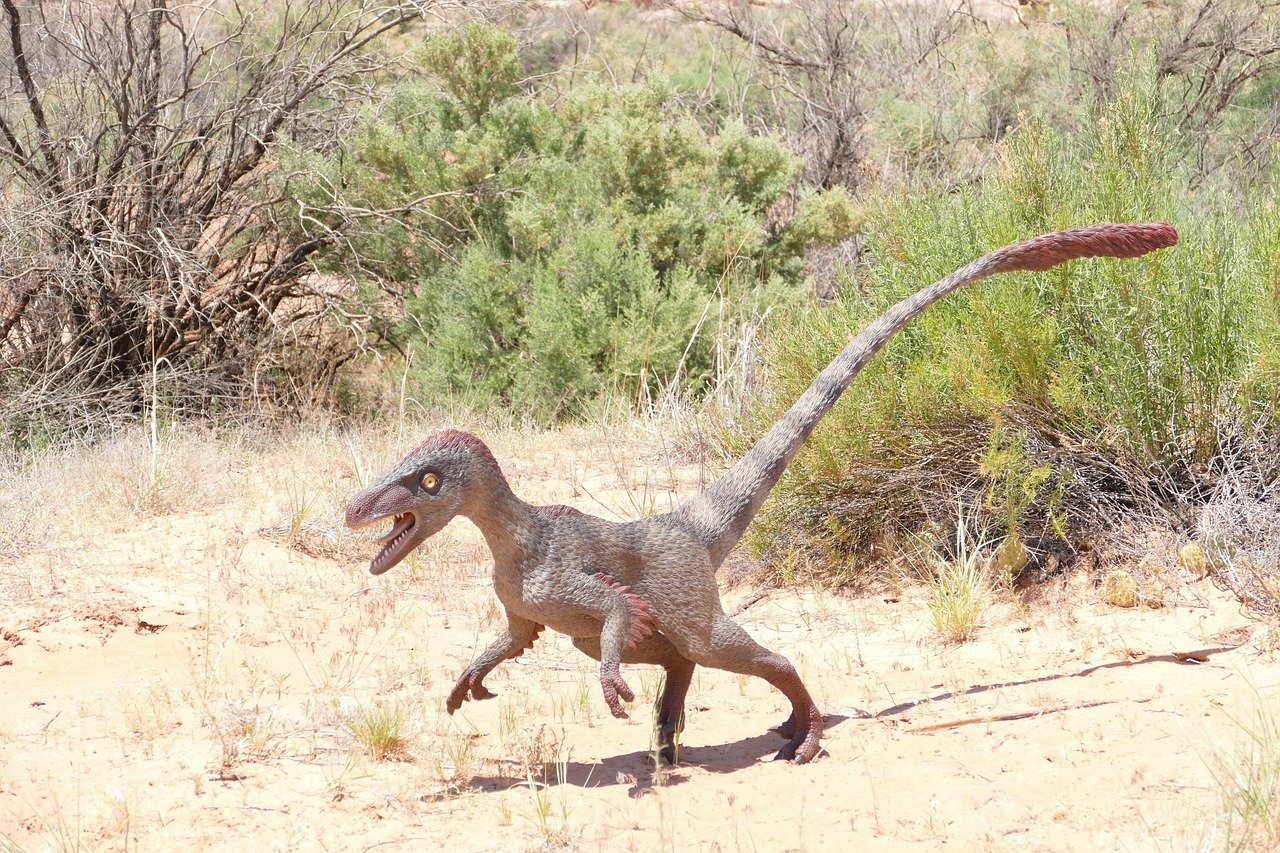
Paleontologists in the United States uncovered fossilized remains of a new sauropodomorph dinosaur species that lived in the northern hemisphere during the Carnian age of the Late Triassic epoch, around 230 million years ago. This discovery, though recently announced, represents one of the oldest dinosaur-bearing assemblages from the equatorial regions and provides crucial insights into early dinosaur evolution and dispersal patterns.
The significance of this find lies in its potential to reshape our understanding of where dinosaurs first appeared and how they spread across ancient continents. These early dinosaur discoveries help fill critical gaps in the fossil record, showing that dinosaur diversity was already well-established much earlier than previously thought.
Glen Canyon’s Jurassic Treasures
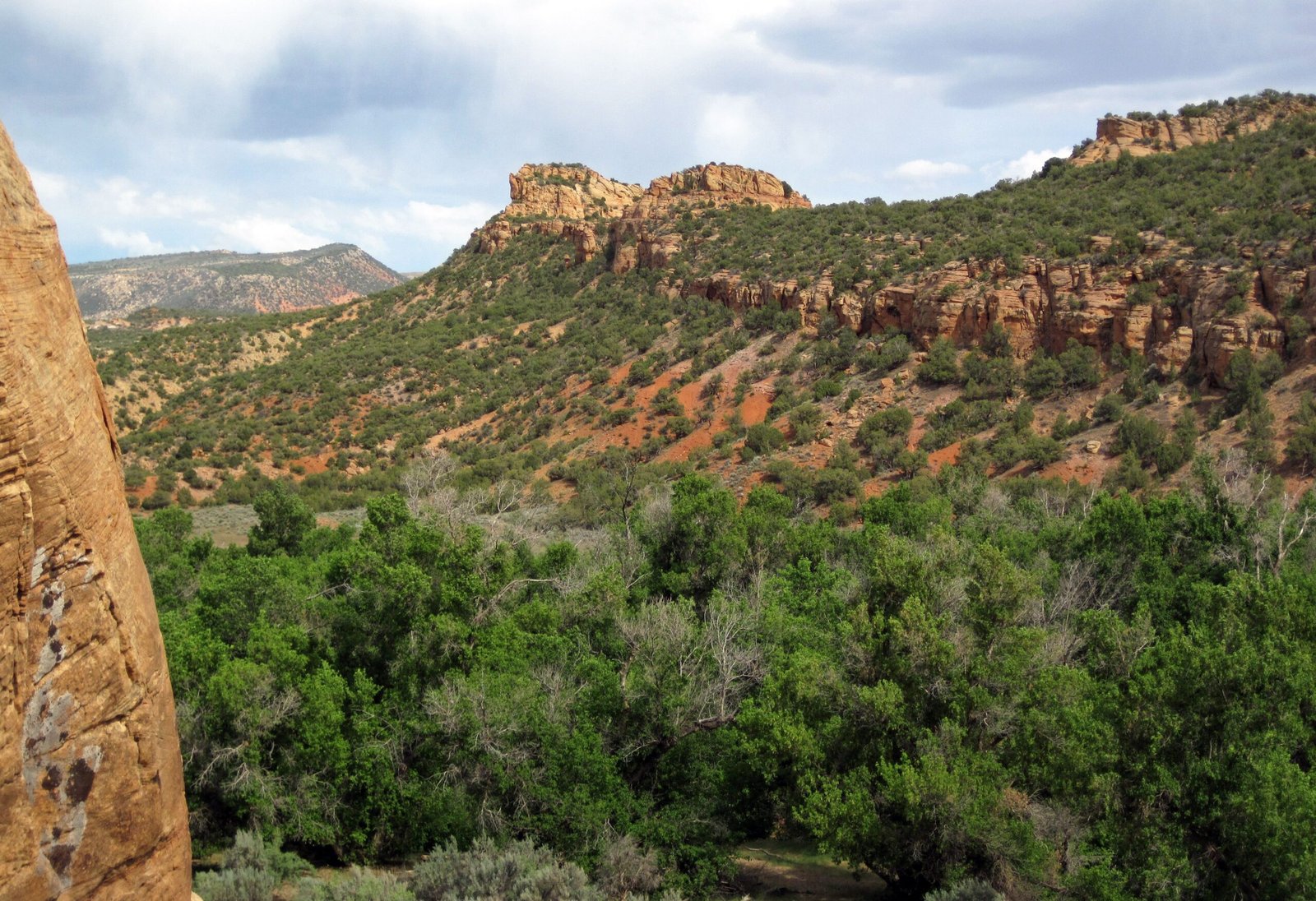
Glen Canyon National Recreation Area has yielded remarkable Jurassic period fossils, including early small sauropod relatives like Seitaad known from partially articulated skeletons buried by sand dunes, plus tracks of large theropods and the skeleton of the small theropod Segisaurus. The Colorado River’s waters lap against strata of the Glen Canyon Group, representing sedimentary rocks dating from the latest Triassic to Early Jurassic when dinosaurs began diversifying into larger and more complex forms.
Though various rock formations in the area have provided significant discoveries, Glen Canyon’s best-known fossils come from the early Jurassic Period when dinosaurs began their true reign on the planet. The Kayenta Formation within the group has produced an incredibly diverse fossil record, including large to small theropods, early sauropods, and armored dinosaurs along with corresponding trackways.
These incredible fossil discoveries from across the United States paint a vivid picture of prehistoric America – a land where massive predators stalked ancient swamps, armored herbivores grazed in coastal plains, and bizarre experimental creatures tested the limits of evolutionary possibility. Each fossil represents not just an individual animal, but an entire ecosystem that thrived for millions of years before vanishing forever. From Sue’s battle-scarred skeleton to Lokiceratops’ magnificent horned display, these discoveries remind us that our planet’s history is far stranger and more wonderful than we could ever imagine. What other prehistoric secrets still lie buried beneath American soil, waiting for the next fortunate paleontologist to uncover them?

Jan loves Wildlife and Animals and is one of the founders of Animals Around The Globe. He holds an MSc in Finance & Economics and is a passionate PADI Open Water Diver. His favorite animals are Mountain Gorillas, Tigers, and Great White Sharks. He lived in South Africa, Germany, the USA, Ireland, Italy, China, and Australia. Before AATG, Jan worked for Google, Axel Springer, BMW and others.


